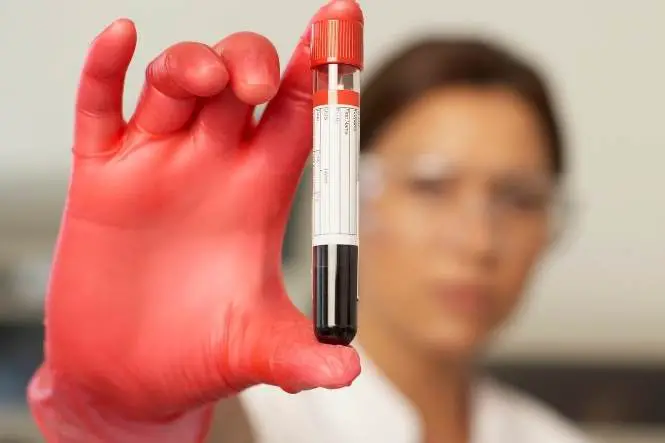Your question is an important one! For evidence to be useful in the legal system, it must first be properly collected and preserved. If this is done correctly, then ideally, a reliable link can be made between a suspected perpetrator and a crime.
Blood is a common type of evidence and this evidence should never receive exposure to intense heat or humidity. In fact, it should be refrigerated until it is brought to a crime laboratory.
Blood might be lifted by tape or it might be scraped and then preserved on a cotton square. Blood can also be absorbed onto threads. Evidence items that are bloodstained may be packaged into a bag or envelope to prevent contamination with another piece of criminal evidence or surrounding objects.
Preserving semen is important because a suspect’s DNA can be identified from the sample. This kind of evidence is usually very crucial in a sexual assault case, but the challenge comes in actually collecting viable evidence in the first place.
Typically, samples are frozen or dried, but if it is expected that it will be a number of hours before this can occur, there are chemical solutions that can preserve the sample. Samples can also be dried by air – without heat.
You can see that the pathway to using evidence in a court of law can be a difficult one! Not only must investigators deal with the challenge of actually identifying evidence but they also have to ensure that it is viable. Then, it must be properly collected to make sure it does not become contaminated.
Forensic experts are trained to use the most modern methods to successfully preserve evidence. Where a case is a long-term one that may even be revived decades later, evidence could become important once again.
In this way, preservation becomes important because it leaves the evidence intact and usable for DNA testing at a later date. It’s also important to remember that contamination is a key issue when it comes to preserving blood and sperm evidence. As such, preservation has to take into account that the sample must be an isolated one that is identified and labelled correctly.


